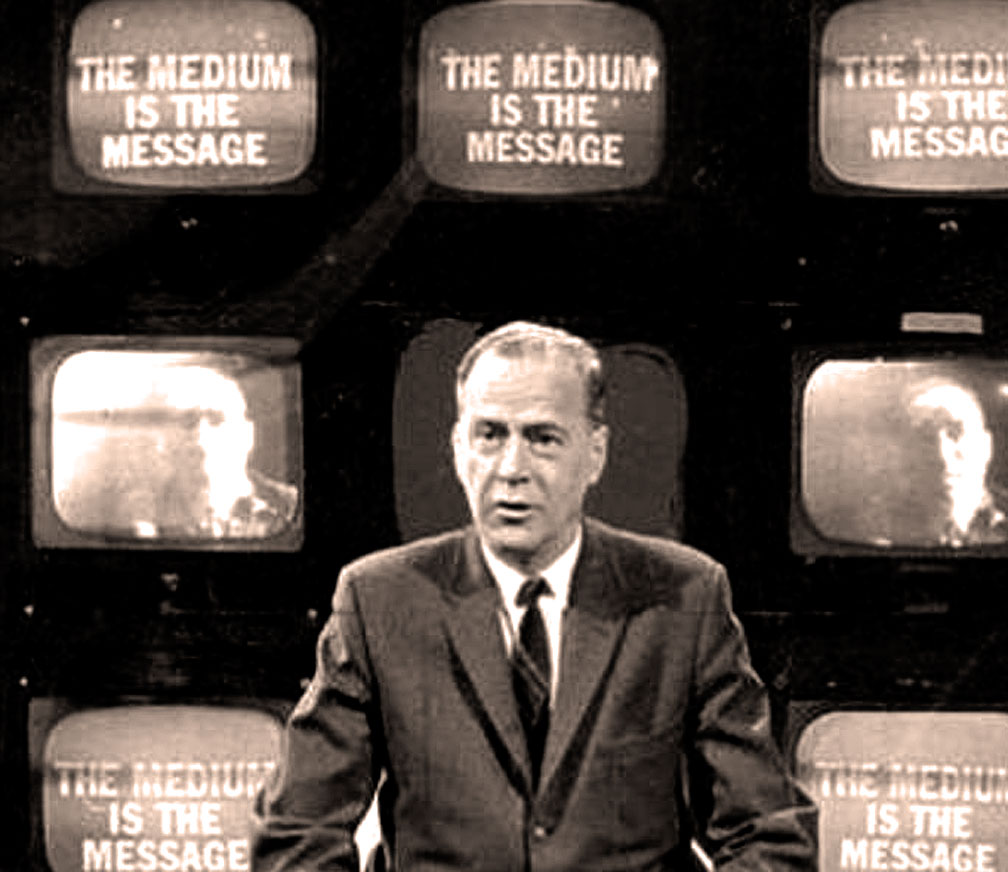Nicole Kidman never said this, @Google, but congratulations on profiting from it. pic.twitter.com/I6nzMIKl5s
— Afflictor.com (@Afflictort) October 16, 2017
Came across the above online ad quite by accident when searching yesterday on Google, nearly a year after our Presidential Election was bombarded by weaponized disinformation via the search giant as well as Facebook and Twitter, exploding our democracy. It’s difficult to believe that the Page-Brin company, valued at $498 billion, couldn’t have invested in emergency measures to make sure the flow of sludge stopped until the algorithms could be improved. If they couldn’t be adequately upgraded to curb the problem, then a relatively small amount of money could be directed to hire sentient beings to curtail much of the Kremlin-coded mayhem. Social media, a tool America created, has been turned on us, and it’s clear by now that Silicon Valley giants have neither the way nor the will to arrest the trouble without oversight.
From Alexis Madrigal’s Atlantic article “What Facebook Did to American Democracy,” a passage about how Fake News became Big Business, with Silicon Valley profiting from it handsomely:
In a December 2015 article for BuzzFeed, Joseph Bernstein argued that “the dark forces of the internet became a counterculture.” He called it “Chanterculture” after the trolls who gathered at the meme-creating, often-racist 4chan message board. Others ended up calling it the “alt-right.” This culture combined a bunch of people who loved to perpetuate hoaxes with angry Gamergaters with “free-speech” advocates like Milo Yiannopoulos with honest-to-God neo-Nazis and white supremacists. And these people loved Donald Trump.
“This year Chanterculture found its true hero, who makes it plain that what we’re seeing is a genuine movement: the current master of American resentment, Donald Trump,” Bernstein wrote. “Everywhere you look on ‘politically incorrect’ subforums and random chans, he looms.”
When you combine hyper-partisan media with a group of people who love to clown “normies,” you end
up with things like Pizzagate, a patently ridiculous and widely debunked conspiracy theory that held there was a child-pedophilia ring linked to Hillary Clinton somehow. It was just the most bizarre thing in the entire world. And many of the figures in Bernstein’s story were all over it, including several who the current president has consorted with on social media.
But Pizzagate was but the most Pynchonian of all the crazy misinformation and hoaxes that spread in the run-up to the election.
BuzzFeed, deeply attuned to the flows of the social web, was all over the story through reporter Craig Silverman. His best-known analysis happened after the election, when he showed that “in the final three months of the U.S. presidential campaign, the top-performing fake election-news stories on Facebook generated more engagement than the top stories from major news outlets such as The New York Times, The Washington Post, The Huffington Post, NBC News, and others.”
But he also tracked fake news before the election, as did other outlets such as The Washington Post, including showing that Facebook’s “Trending” algorithm regularly promoted fake news. By September of 2016, even the Pope himself was talking about fake news, by which we mean actual hoaxes or lies perpetuated by a variety of actors.
The longevity of Snopes shows that hoaxes are nothing new to the internet. Already in January 2015, Robinson Meyer reported about how Facebook was “cracking down on the fake news stories that plague News Feeds everywhere.”
What made the election cycle different was that all of these changes to the information ecosystem had made it possible to develop weird businesses around fake news.•









